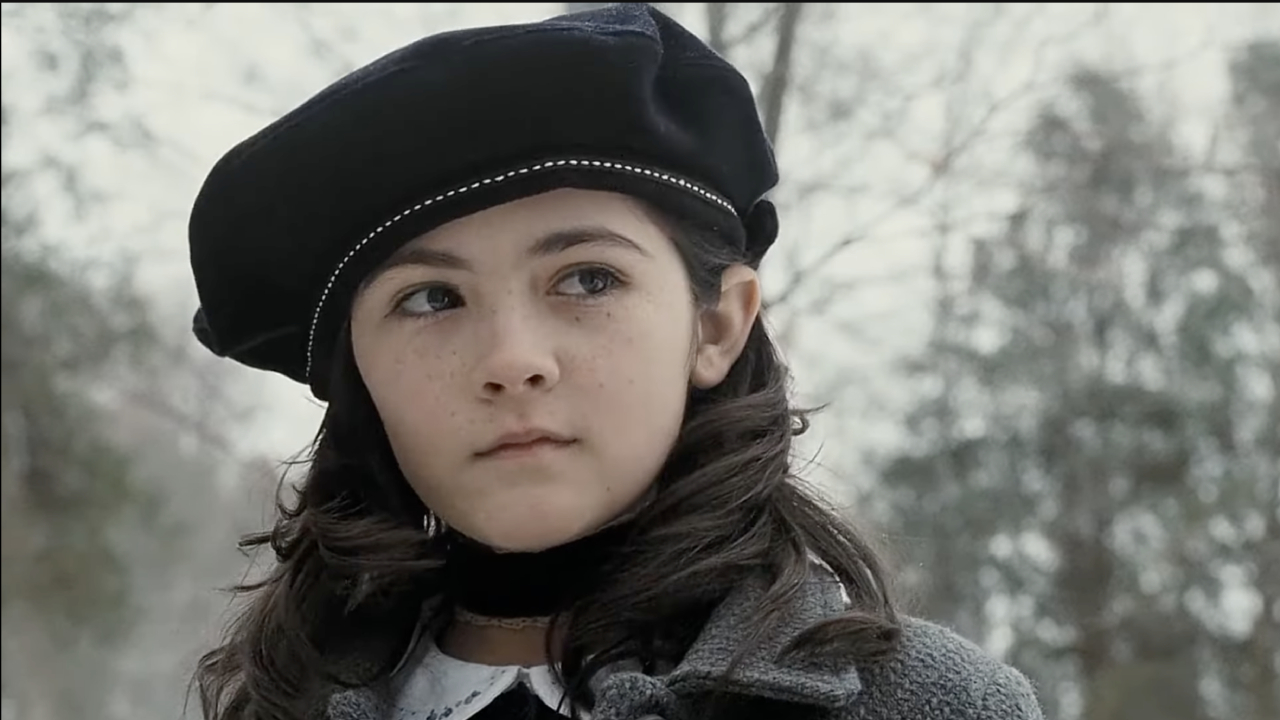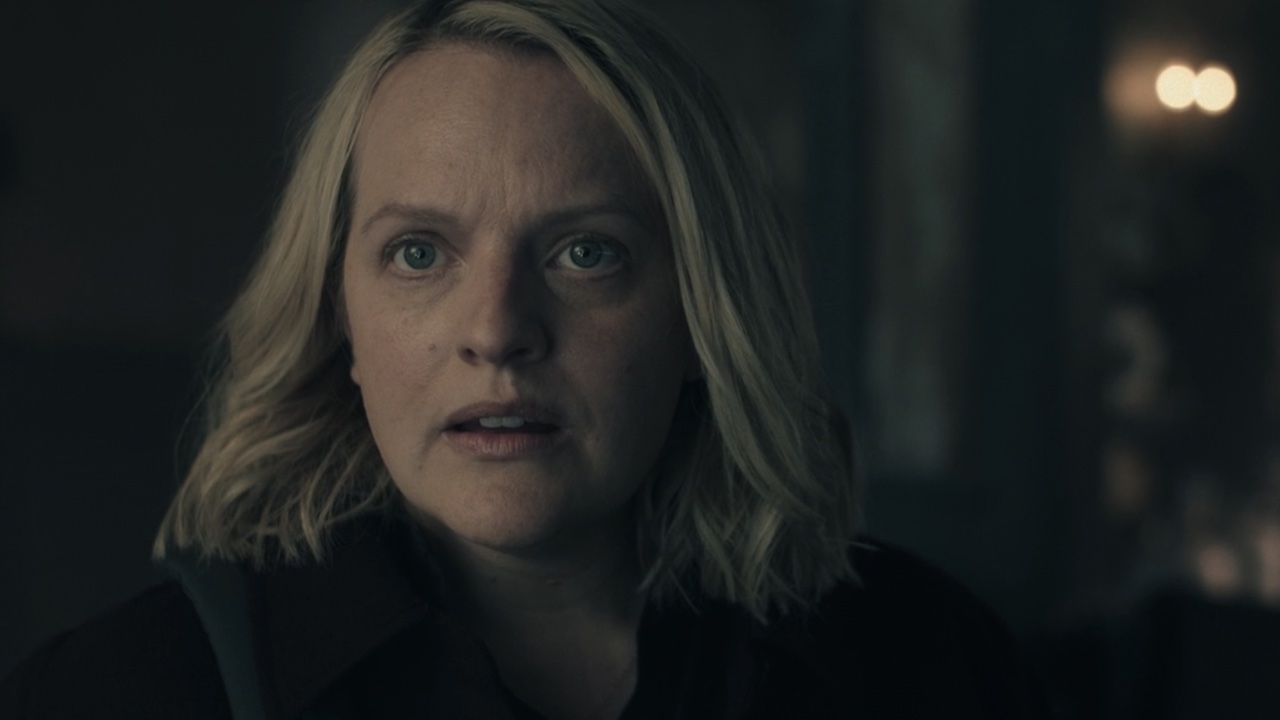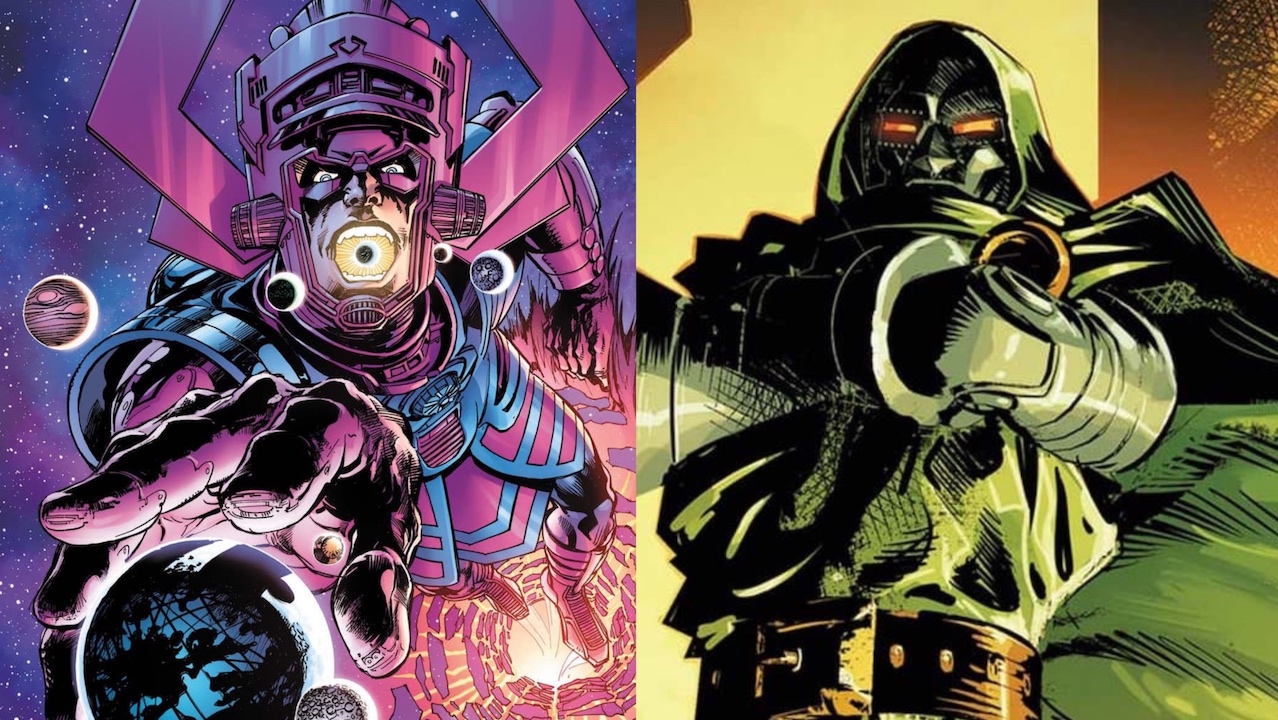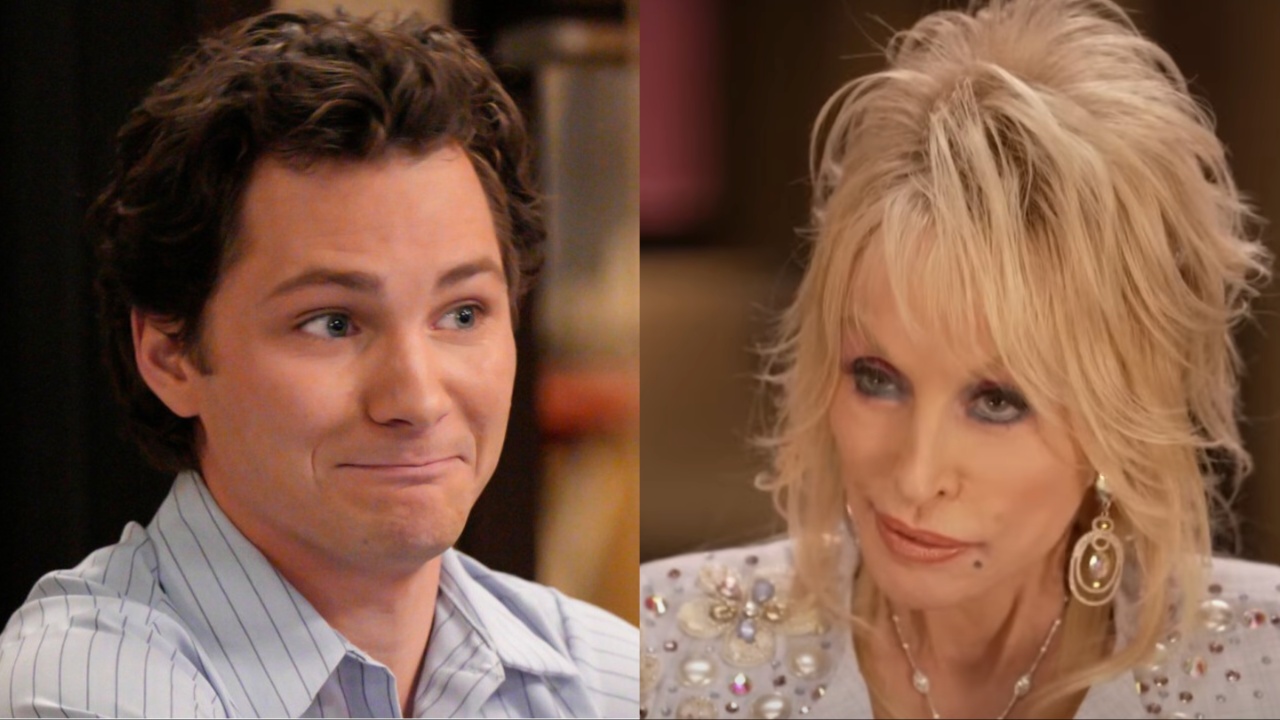Adapting Stephen King's Pet Sematary: Exhuming And Examining 1989’s Take On Stephen King’s Scariest Book
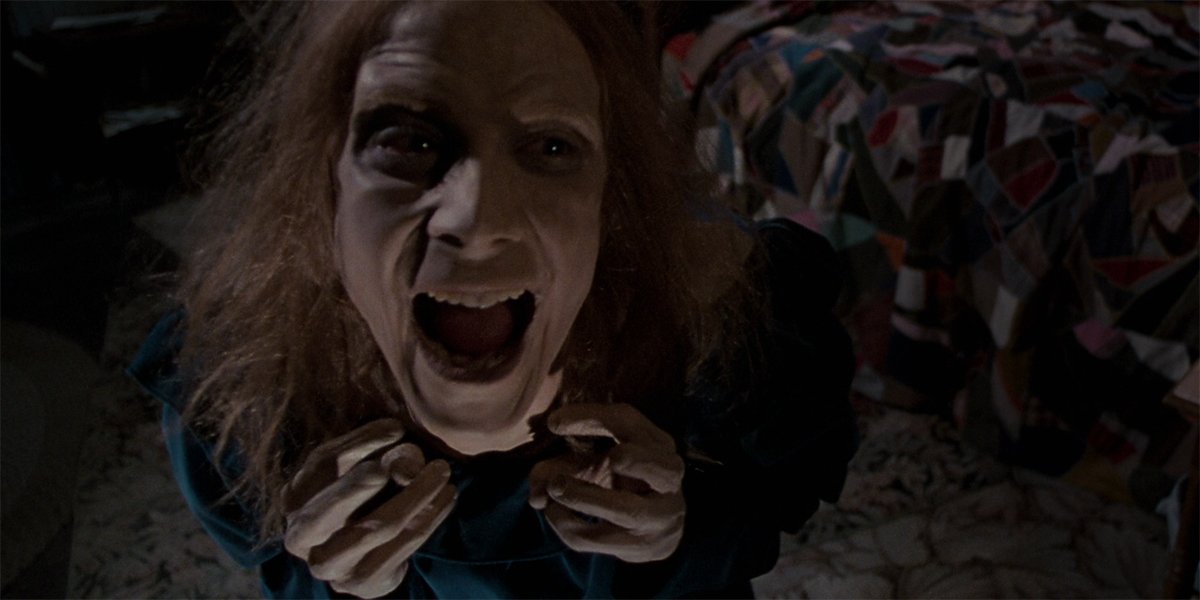
Had Stephen King had his druthers in 1979, Pet Sematary would not be a book recognized as part of his extensive canon, let alone a Constant Reader favorite. The author crafted the novel while he was a writer in residence at the University of Maine, and when it was completed and he gave the draft to his wife Tabitha King, they both came to the same opinion: it was too grim to publish. It was put in a drawer and stayed there… for about three years.
What wasn’t accounted for in the distribution decision was a different kind of resurrection: the return of issues with the publishing house Doubleday. The company had put out the writer’s first five books (Carrie, Salem’s Lot, The Shining, Night Shift, and The Stand) but there was immense conflict in the development of the post-pandemic epic, and were contract disputes that continued after Stephen King struck a new deal with Viking Press (which put out The Dead Zone, Firestarter, Cujo, Different Seasons, and Christine). In order to settle the relationship once and for all, and to get money he was long owed, King gave Doubleday the book in his drawer as one last novel to release – a novel they were excessively pleased to have, especially because of the reputation it had garnered from being left unpublished.
When the movie started to come together a few years later, it had its own set of special circumstances surrounding it. Stephen King had enough clout and control to not only write the screenplay for Pet Sematary himself, but he also had final approval regarding who would direct, and demanded that production take place on location in Maine. Initially George A. Romero was lined up to helm, as he bought the rights in 1984, but that plan fell apart – like with Creepshow 2 – when scheduling conflicts got in the way (according to The Hollywood Reporter, studio-demanded reshoots on 1988’s Monkey Shines kept him away from the gig).
This opened the door for Mary Lambert, who only had one feature directorial credit to her name at the time, but had a strong reputation in the world of music videos. Per her Blu-ray director’s commentary track, she attributes getting the job in large part to her personal friendship with the members of The Ramones – and when you consider that lyrics to “Blitzkrieg Bop” repeat throughout King’s book, one can understand why it felt like kismet.
Pet Sematary remains one of most chilling novels you will ever read, and the 1989 movie set records as the highest grossing horror film of all time – but how do the two interpretations of the story compare, and how does the big screen version hold up? That’s what’s being dug up in this week’s Adapting Stephen King.
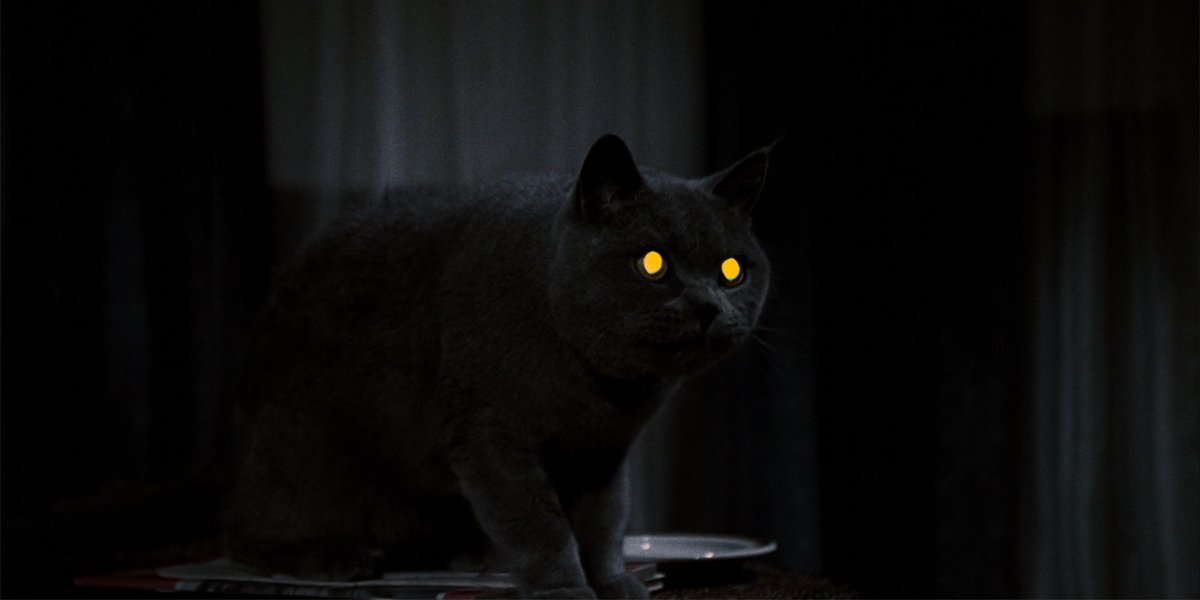
What Pet Sematary Is About
Mortality is a fundamental aspect of life, but it’s still something that can only be comprehended when it’s confronted. A growing child can innately recognize pain and danger, but every parent eventually needs to teach them about death – and Stephen King’s Pet Sematary is about that conversation.
During King’s time at the University of Maine, living with his family in the town of Orrington, he experienced a series of events that motivated the creation of the novel. Just like in the story, the rental house was on a small road that regularly saw traffic from massive tankers, and there was a pet cemetery in the back of the property that children created in memory of their beloved animal friends. At one point the author had to stop his infant son, Owen, from wandering into traffic. Sadly, Smucky, the cat belonging to his daughter Naomi, ended up being not so lucky.
CINEMABLEND NEWSLETTER
Your Daily Blend of Entertainment News
This sad loss led Stephen King and his wife Tabitha to have the talk with Naomi about death, and a day later he heard her in the garage jumping on bubble wrap and calling out, “Let God have His own cat. I want my cat. I want my cat.” These words were eventually put in the mouth of Ellie Creed, the eldest child in the family at the center of Pet Sematary.
In the book, the Creed clan moves from Chicago to the small town of Ludlow, Maine after Louis Creed, a doctor, gets a job in the health center at the state university. Though the speeding trucks randomly rambling by the house are disturbing, Louis, his wife Rachel, and their two kids Ellie and Gage settle in nicely – becoming close friends with their elderly neighbors, Jud and Norma Crandall.
Around Thanksgiving – while Rachel is away with Ellie and Gage at her parents’ house – Louis gets a call from Jud telling him that he has discovered the dead body of Ellie’s cat, Winston “Church” Churchill. Terrified of breaking the news to his daughter, Louis isn’t sure what to do… until his friend and father-figure tells him of an alternative. Behind the pet cemetery, over a treacherous deadfall, and through the forest there is an ancient burial ground once used by the Mi'kmaq Tribe to bring the dead back to life, and it’s in this earth that the protagonist buries his child’s fuzzy friend.
The next day, Church returns – but he is not the same. And it’s only just the beginning of tragedy that befalls the Creed family, as it’s soon after that two-year-old Gage suffers an analogous fate, and the lesson is learned that sometimes dead is better.
Pet Sematary is a work that saw Stephen King enter new emotional territory, as it’s notably his first book that delves into the experience of a family losing a child and it’s endless toll (Tad Trenton dies at the end of Cujo, but the emphasis there is on the “end” part). Constant Readers like to think of King akin to the Jon Lovitz parody on Saturday Night Live, effortlessly and endlessly typing out pages, but this is not one that flowed anything like that. As he told Douglas E. Winter in an interview for Stephen King: The Art Of Darkness,
[I]n trying to cope with these things, the book ceased being a novel to me, and became instead a gloomy exercise, like an endless marathon run. It never left my mind; it never ceased to trouble me. I was trying to teach school, and the boy was always there, the funeral home was always there, the mortician's room was always there.
Is it any wonder why he never wanted to deal with it again after it was done?

How Mary Lambert’s Pet Sematary Differs From Stephen King’s Book
You may now be asking yourself, “If Stephen King wanted to put distance between himself and Pet Sematary, why did he write the screenplay for the movie?” Surely part of it was his desire to maintain creative control over adaptations of his work, but in a 2019 interview with Entertainment Weekly he equated the experience to facing a fear. Said King,
Sometimes you say to yourself, ‘Maybe I can take this and make it a little bit better, or maybe I just wanna face the thing that scares me the most.’ So I went in and I wrote it. The more you work on a thing, the more numb you get to it. You get to the effect that it has on other people.
Taking the wheel, Stephen King wrote a big screen version of Pet Sematary that hones exceptionally close to the book –earning all the pre-release promotion with his name featured above the title. All of the most important beats are translated directly from the source material to the big screen, which is pretty remarkable when you consider the monstrous flashbacks featuring Rachel’s (Denise Crosby) psychotic and spinal meningitis-afflicted sister Zelda (Andrew Hubatsek), and the ending featuring a demonic toddler (Miko Hughes) attacking three different adults.
There are still deviations, and you may have caught one of them in the description above: in the film Jud Crandall (Fred Gwynne) is a widower, but at the start of the book he has a wife. One of the early events in the story that creates a bond between Jud and Lewis (Dale Midkiff) is that he helps Norma when she has a heart attack on Halloween. She doesn’t wind up surviving the narrative, however, as she passes away a few months later, seemingly part of the toll taken from the unholy burial.
In the movie, there is a kind of parallel death, as Stephen King instead has it so that Missy Dandridge (Susan Blommaert) – who is an innocuous B-character in the book – is diagnosed with stomach cancer and commits suicide when she can no longer cope with the pain.
As you would expect from any adaptation, some sequences are compressed, and details are changed. For example, Lewis’ effort sneaking into the graveyard to exhume Gage’s corpse is more involved in the novel – and for the sake of politeness let’s just say that the kid doesn’t merely have a tiny scar on his forehead after being slammed by an 18-wheeler. In the reverse of that, the deaths of both Rachel and Jud in the movie are arguably more gruesome than what’s described (in the book, the former doesn’t get hung from a rope in the attic, and the latter doesn’t get his throat ripped out).
I’ll lastly add that I’ll never quite get why the movie includes The Ramones’ “Sheena Is A Punk Rocker” as well as an original song in the soundtrack, but not “Blitzkrieg Bop.” After reading the book, you can never hear the lyric “hey-ho, let’s go” again without thinking of it as an anthem for a plummet into madness.
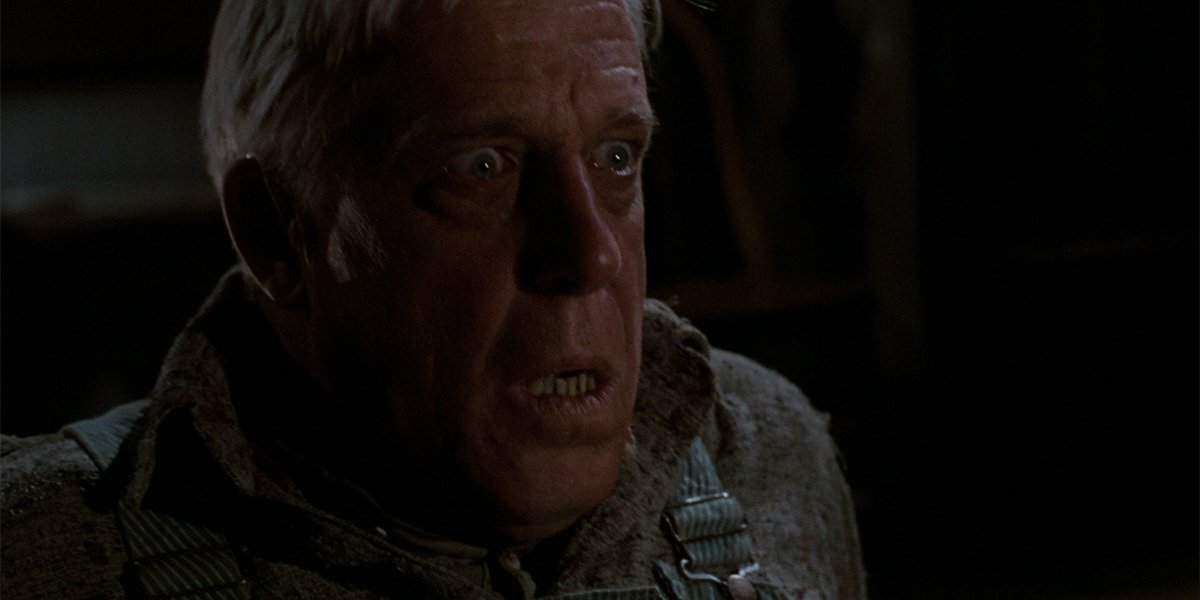
Is It Worthy Of The King?
Anything that holds a place as a “first” in someone’s mind is always going to make that thing have special significance in one’s heart – and that heavily impacts my relationship with Mary Lambert’s Pet Sematary. It was not only the first Stephen King movie I ever saw, but it was also one of the first horror movies I watched when I was just starting to appreciate the genre, and I was hypnotized by its extremes. I was admittedly too young at the time to appreciate the full weight of the narrative, but that is also part of the magic in my connection with it: as I’ve grown older, and read the book, and rewatched it, I’ve also brought more of my own emotional awareness and maturity to the experience, and as a result I’ve grown to love it even more.
To speak to the extremes, some may scoff at what is obviously a doll leaping at Lewis from the attic in the final confrontation, but that’s downplaying the extreme ballsiness of Mary Lambert having the sequence primarily play out between Dale Midkiff and Miko Hughes – not to mention that attack on Jud Crandall. The deep slice into the man’s Achilles tendon always incites a gasp, and the fact that it’s rapidly followed by the slash across his lips and the Adam’s Apple bite make it just phenomenally brutal to watch.
Part of that brutality, of course, comes from how much love one can’t help but have for Jud watching the film. Fred Gwynne delivers what is my favorite performance in any Stephen King adaptation ever, with a deep and wonderful commitment to the Maine accent, and a beautiful paternal air (side note: did you know they dyed his naturally black hair white for the role?). When Pet Sematary is ultimately remade for the sixth time in 50 years, people may start to forget details of the original, but they will never forget Fred Gwynne’s Jud Crandall.
The only hitch with this – and I mean only – is that there should be a Pet Sematary where the greatest and most iconic thing about it is the emotional journey of Lewis Creed. The book is written in the third person, but you still get a full frontal assault of perspective when it comes to his grief-motivated tumble down into insanity. As much as I like Dale Midkiff’s version, his descent is shallower than you’d hope.
It won’t be until October of next year that this column gets to the 2019 remake from directors Kevin Kölsch and Dennis Widmyer – but for now I will say that while the perfect big screen version of Pet Sematary does not yet exist, the 1989 incarnation is the best we’ve seen so far.
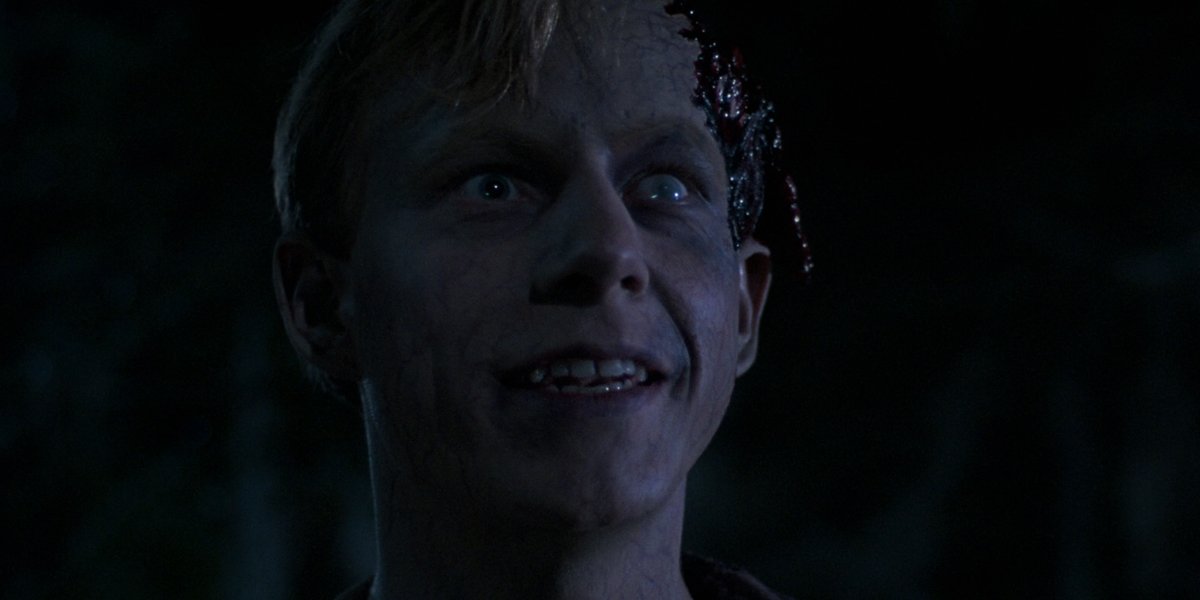
How To Watch Mary Lambert’s Pet Sematary
Even if you’re subscribed to every streaming service under the sun, you’re going to need to put down some cash if you now have a craving to watch Mary Lambert’s Pet Sematary. The film is available via rental or purchase from all major digital video outlets, and if you’re building the Ultimate Stephen King Collection you’re definitely going to want to get the 4K edition released a few years ago, which has a stunning restoration of the movie as well as the aforementioned director’s commentary, and a number of great special features.
Quite unintentionally, next week’s Adapting Stephen King will once again feature a feral, ferocious feline – the adaptation being John Harrison’s Tales from the Darkside: The Movie, and the source material being the short story “The Cat From Hell.” You’ll find it here on CinemaBlend on Wednesday, and in the meantime click through using the banners below to explore all of my previous columns.







Eric Eisenberg is the Assistant Managing Editor at CinemaBlend. After graduating Boston University and earning a bachelor’s degree in journalism, he took a part-time job as a staff writer for CinemaBlend, and after six months was offered the opportunity to move to Los Angeles and take on a newly created West Coast Editor position. Over a decade later, he's continuing to advance his interests and expertise. In addition to conducting filmmaker interviews and contributing to the news and feature content of the site, Eric also oversees the Movie Reviews section, writes the the weekend box office report (published Sundays), and is the site's resident Stephen King expert. He has two King-related columns.

